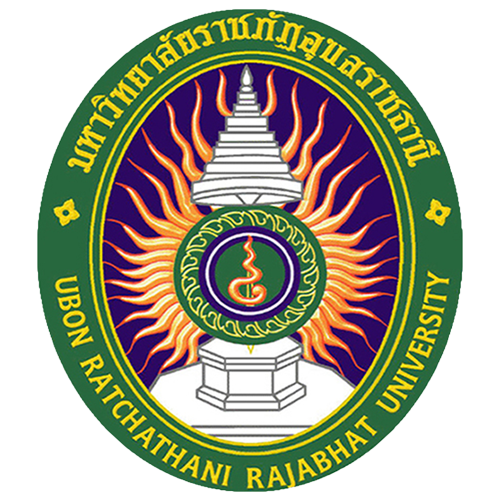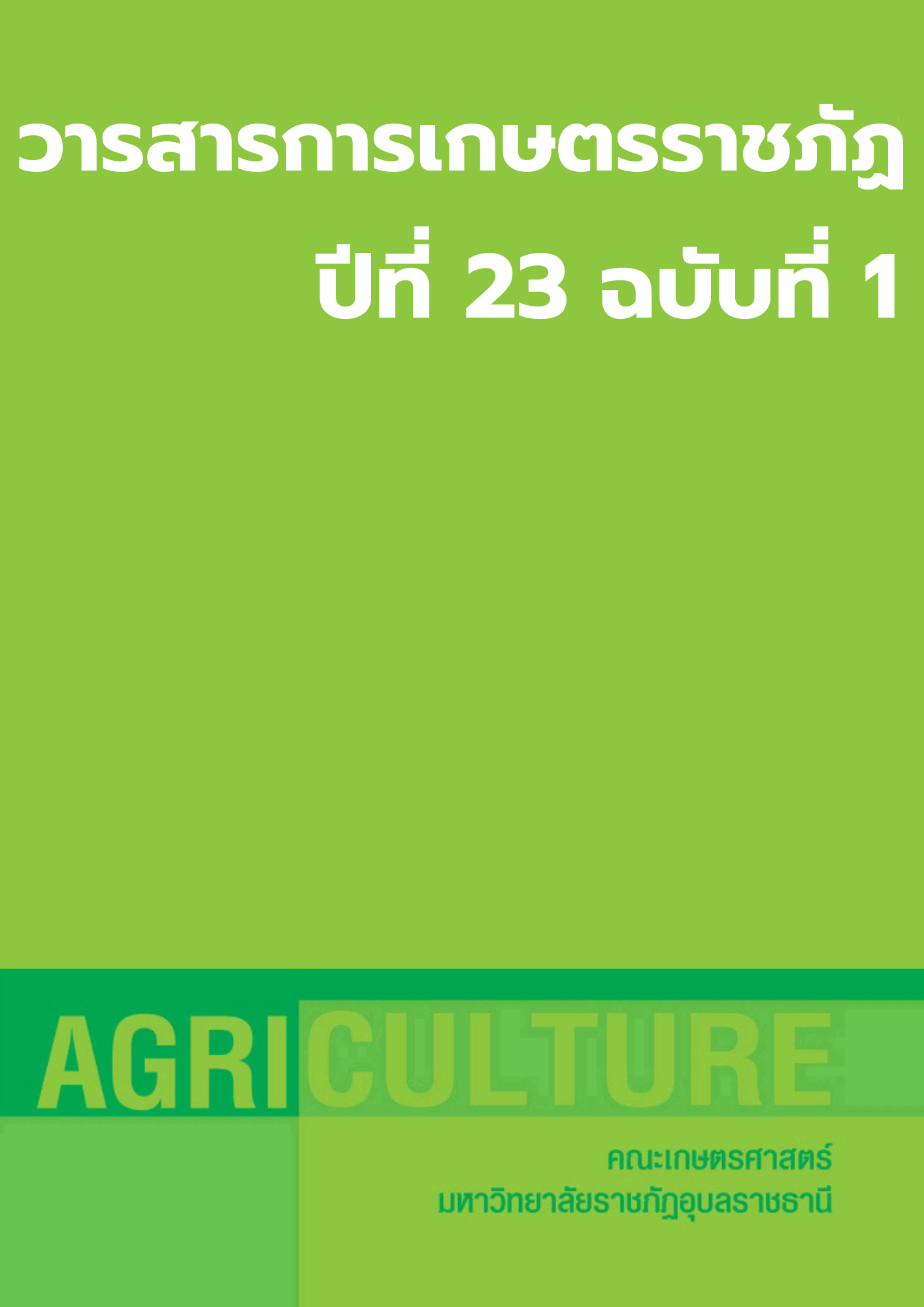The Product Development of Fish Roll Supplemented with Konjac Product of Entrepreneur, Bangtoei Subdistrict Muang District Chachoengsao Province ภัทร์ลดา สุธรรมวงศ์, เดชาธร พันธุ์จ้อย, อิสระ แก้วทอง, สุพัตรา คำเรียง และ ศิรประภา แก้วมุกดา
Main Article Content
Abstract
The Product Development of Fish roll supplemented with konjac product of Entrepreneur, Bangtoei Subdistrict Muang district Chachoengsao Province aimed at developing a recipe for producing fish and konjac rolls among fish roll entrepreneurs at Bang Toei Subdistrict, Mueang District, Chachoengsao Province, and to disseminate knowledge to Ban Khlong Khwan Klan Community as an alternative way of food processing and value-added product. Study the production process of making three types of konjac jelly, namely konjac noodles, konjac rice pellets, and konjac powder. Then studied acceptance from the sample group using the 9-Point Hedonic Scale sensory quality evaluation form to obtain fish. Niljopla added the Konjac fish that the sample group accepted the most. The research team presented the nutritional labels of the products. Samples of accepted products were taken to analyze the product nutrition labels and organized academic service projects to disseminate to the community. The sensory assessment was performed in terms of color, flavor, taste, texture, appearance, and overall preference with the method of tasting and rating preference using the 9-Point Hedonic Scale. It was found that the recipe of fish and konjac rolls with 3% fish meat weight was accepted at the highest level in all aspects with the means of 8.96, 7.51, 7.60, 8.95, 7.75 and 7.97, /selected. When analyzing the nutritional value of weighing 1 kilogram per bag, it was found that the fish and konjac rolls could be divided into five servings, 200 grams each. The fish and konjac rolls product contained total energy at 1,050 kilocalories with 15-gram sugar, 70-gram fat, and 1,400 milligrams of sodium. The academic service project was organized to disseminate knowledge to Ban Khlong Khwan Klan Community. The project participants were 36 people in total, and the average satisfaction score of the project participants was 4.15 at the high satisfaction level. Learning evaluation results increased. has an average of 86.32 percent. The community can continue to generate income.


